Cats are known for their diverse and often unpredictable behaviors, and vocalization is one of the most intriguing aspects of felines. While some cats are chatty and seem to have a lot to say, others are more reserved. Understanding why some cats are more vocal than others involves a combination of genetics, environment, health, and personal temperament.
Genetics Breed Tendencies
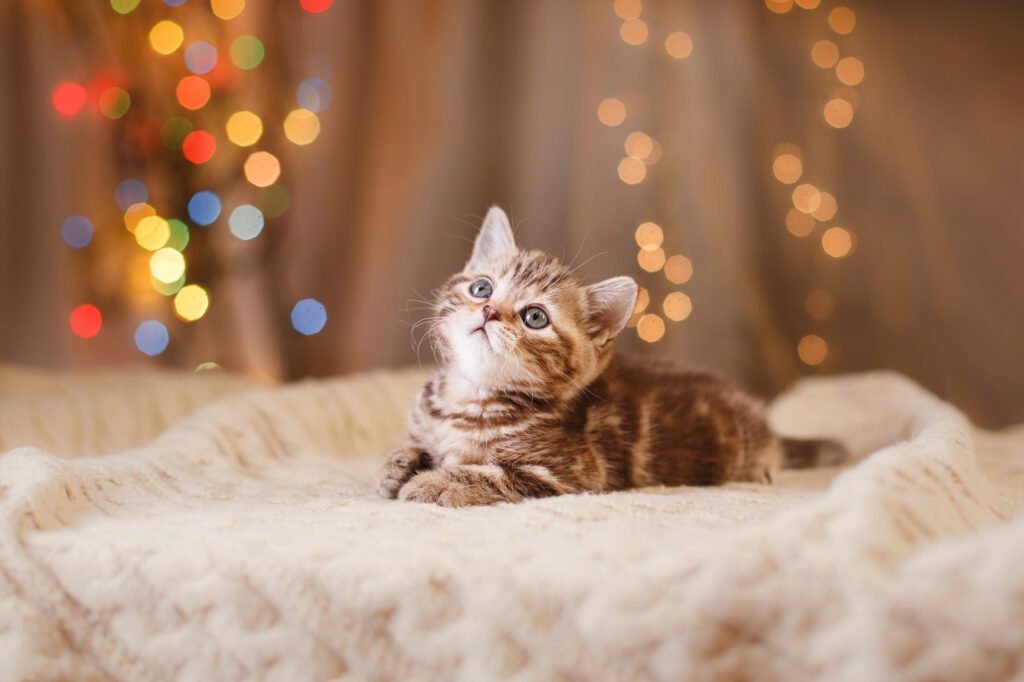
Genetics plays a significant role in a cat’s propensity to vocalize. Certain breeds, such as Siamese, Oriental Shorthairs, and Bengals, are known for being particularly talkative. These breeds have been selectively bred for certain traits, including their vocal nature, which is often linked to their social and interactive behaviors.
The Influence of the Environment
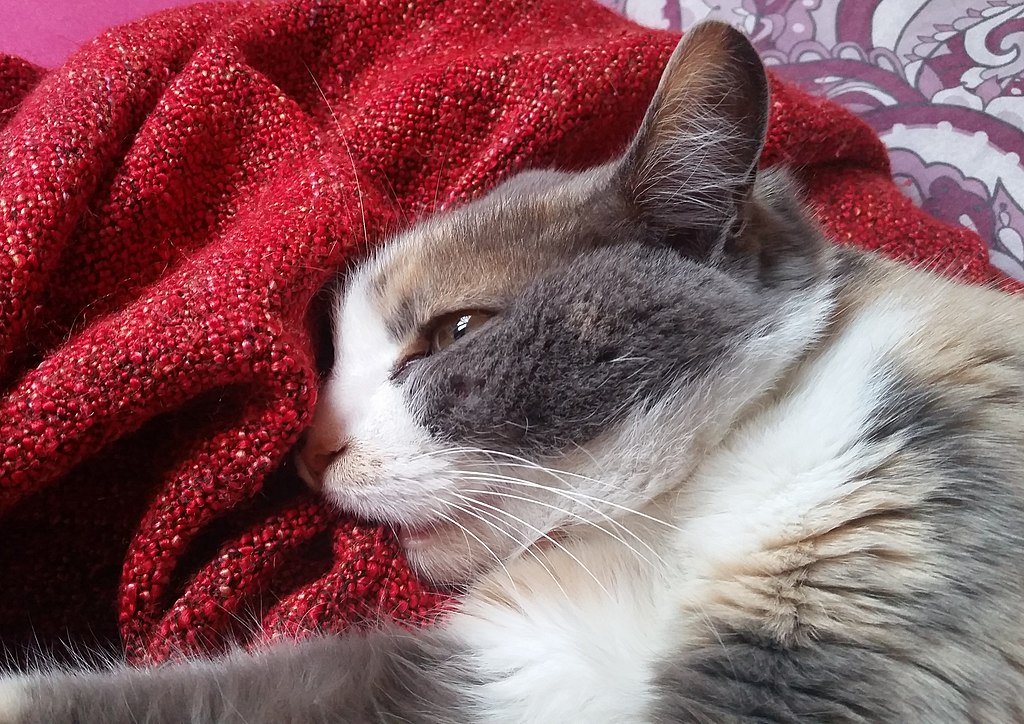
The environment in which a cat is raised also greatly impacts its vocal behavior. Cats raised in quiet environments may learn to be more reserved, while those in bustling, active households might develop more vocal tendencies as a means of engaging with their surroundings. Cats learn to adapt their communication methods to better interact with their environment and the humans within it.
Communication Needs and Social Interaction
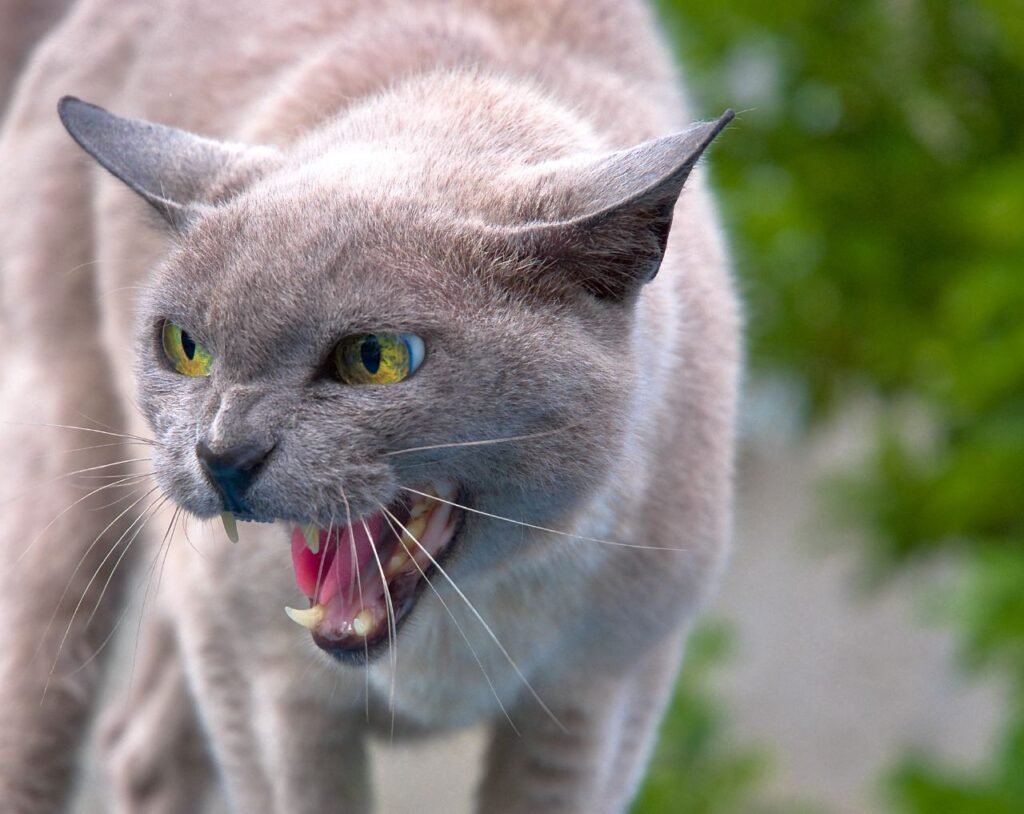
Cats use vocalizations as a form of communication. Some cats naturally need more interaction and use vocal cues to get attention from their owners. Others are content with non-verbal interactions. Vocal cats may be trying to communicate needs, express emotions, or establish social connections with their human companions or other pets.
Health and Vocalization
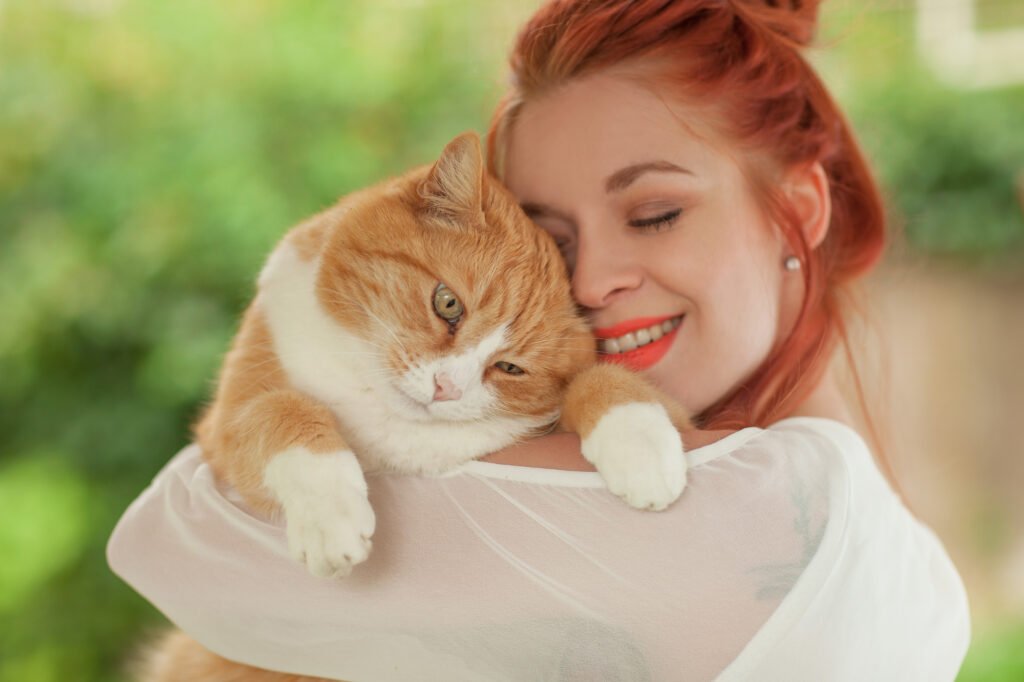
Changes in vocalization can sometimes indicate health problems. Cats that suddenly become more vocal may be experiencing discomfort, pain, or even cognitive dysfunction in older cats. Regular vet check-ups are important to rule out health issues as a cause for increased vocalization.
Age and Vocal Behavior
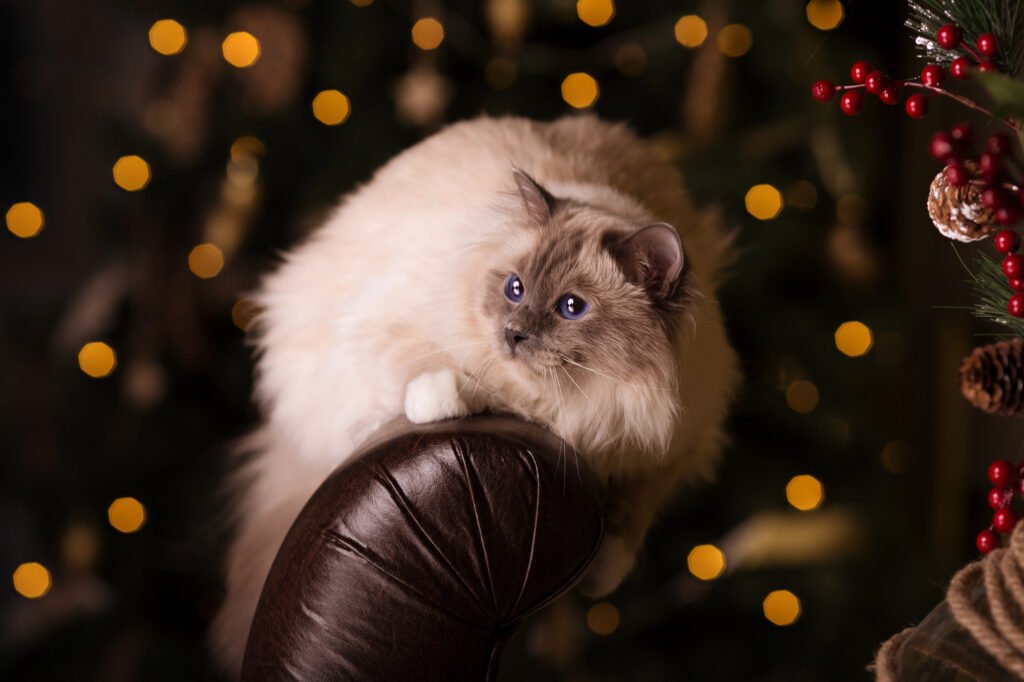
Age can also influence how vocal a cat is. Kittens are typically more vocal as they communicate with their mothers and siblings. As cats age, they may become quieter. However, some older cats may develop increased vocalization due to hearing loss or other age-related changes.
Individual Temperament and Personality
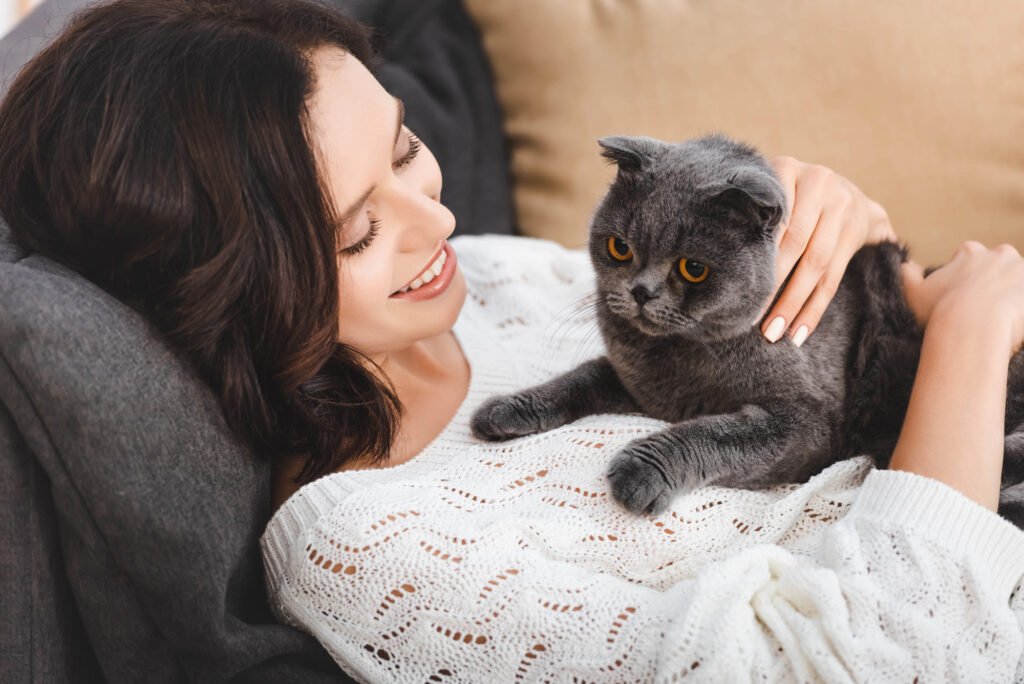
Just like humans, cats have unique personalities. Some may simply be more talkative by nature, enjoying the sound of their own meow, or using vocalization to express a curious, playful demeanor. Others may be more introverted, preferring minimal communication.
Owner Influence and Reinforcement
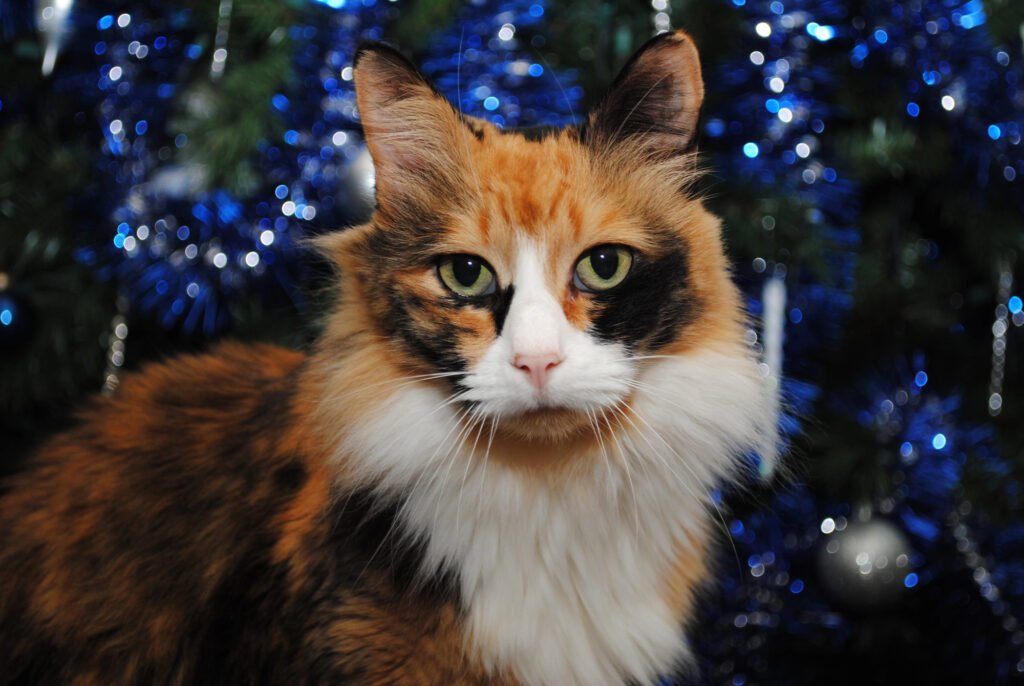
Owners may unknowingly influence their cat’s degree of vocalization. Cats are intelligent creatures that learn from their owners’ reactions. If a cat receives attention when it vocalizes, it might use this as a strategy to get what it wants, reinforcing the behavior over time.
Stress and Anxiety Factors

Stress and anxiety can also lead to increased vocalization in cats. Changes in routine, new family members, or other pets can cause stress, prompting a cat to be more vocal as a way to express their feelings or seek comfort. Identifying and mitigating stressors can help reduce excessive vocalization.
Deciphering Cat Sounds
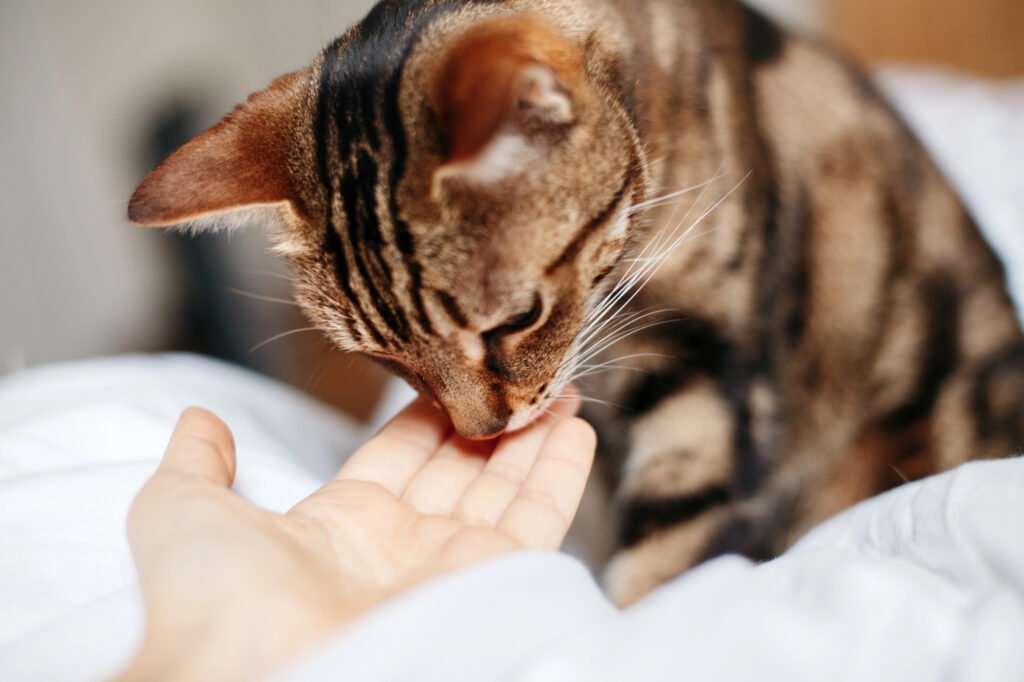
Cats can produce a variety of sounds, each serving different purposes. Meows, purrs, growls, and hisses all carry different meanings. Understanding these sounds can help owners better respond to their cat’s attempts at communication, fostering a stronger human-animal bond.
Developing a Response Strategy
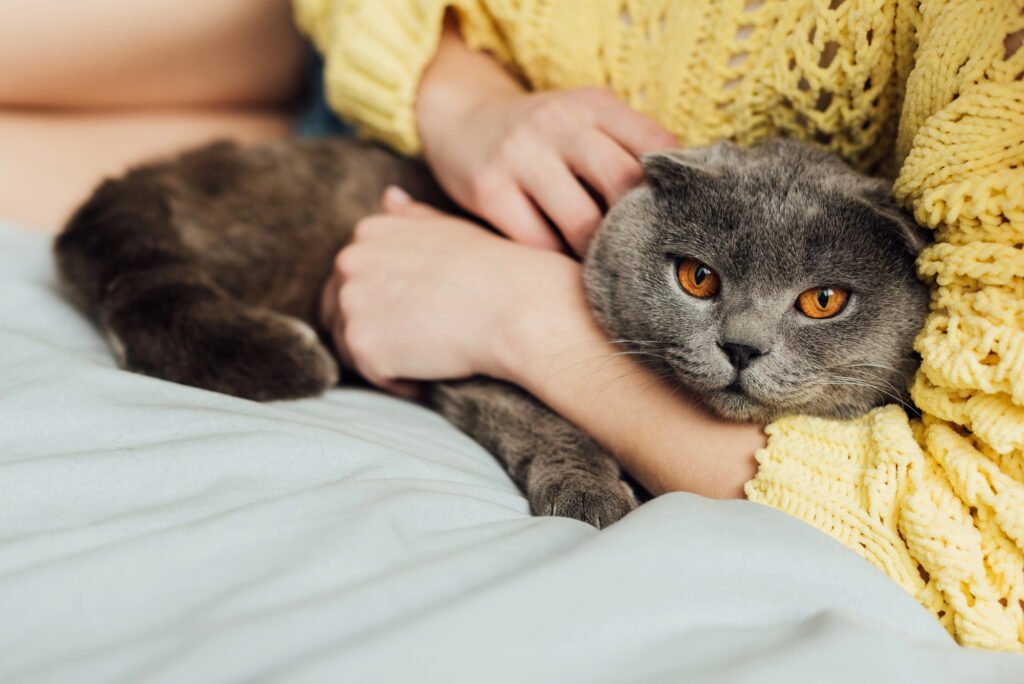
For those living with vocal cats, developing an appropriate response strategy is key. Understanding the reasons behind a cat’s vocalization can help owners respond effectively, ensuring that a cat’s needs are met without inadvertently encouraging excessive vocalization.
Conclusion
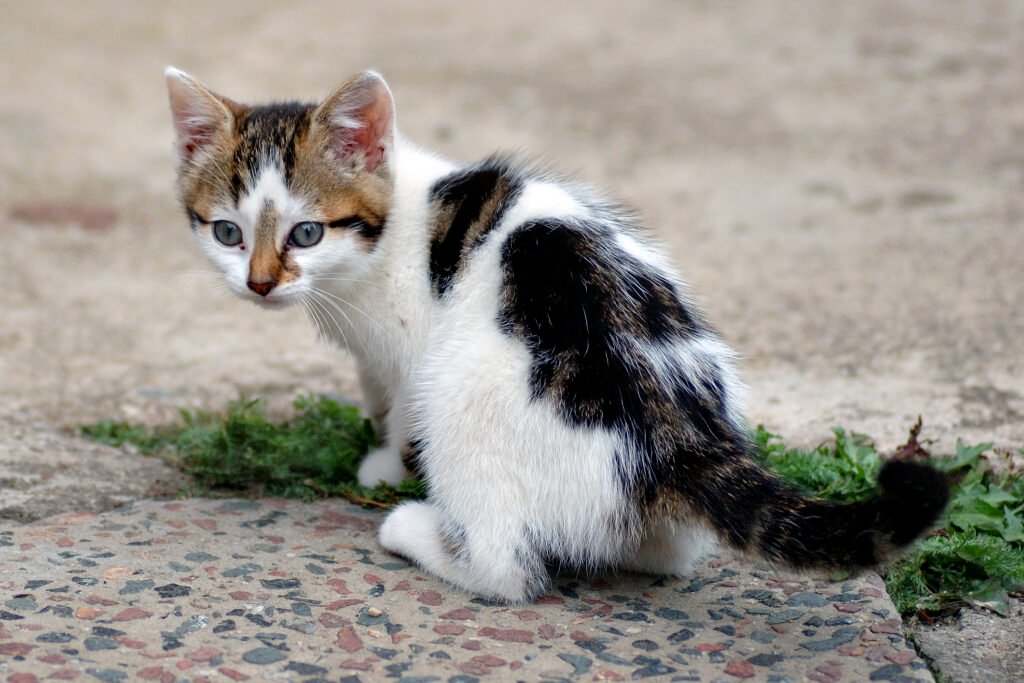
In conclusion, a cat’s vocal nature is a complex interplay of genetics, environment, health, and personality. Understanding these factors allows cat owners to support their feline friends in a way that respects their individual communication needs, while also fostering a harmonious living environment.






